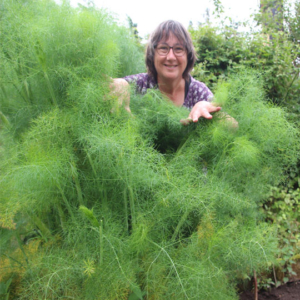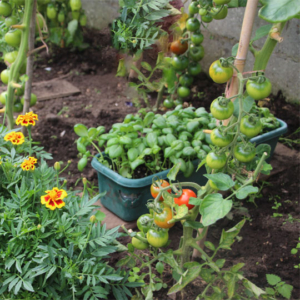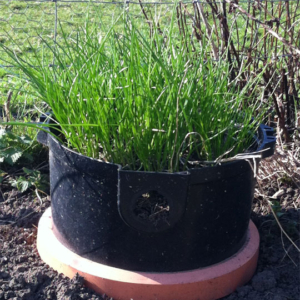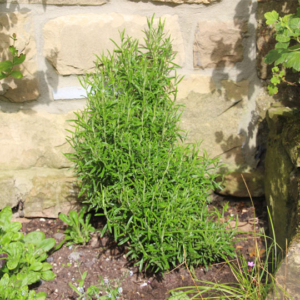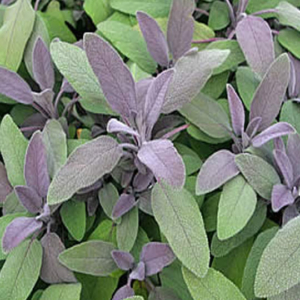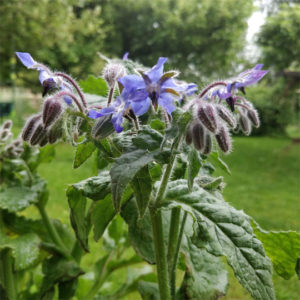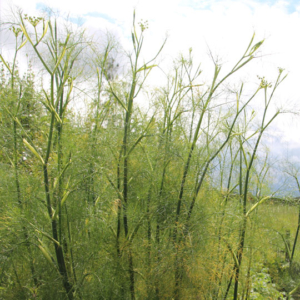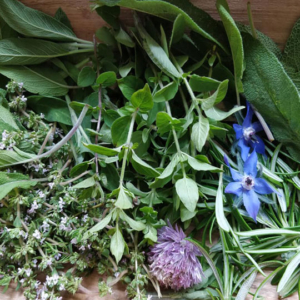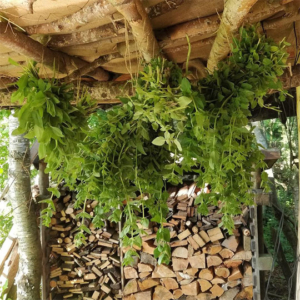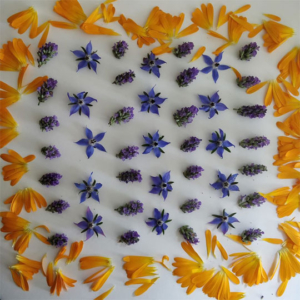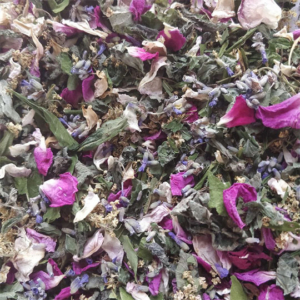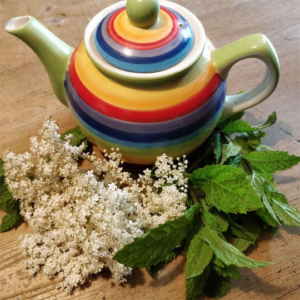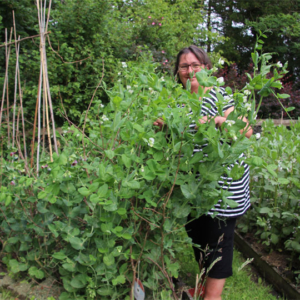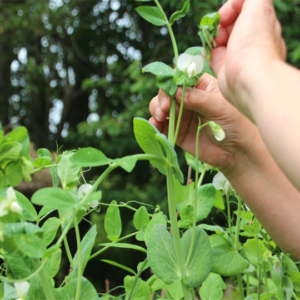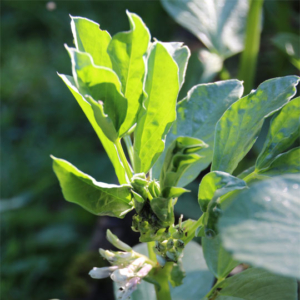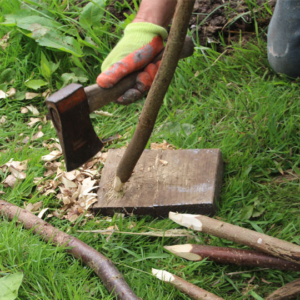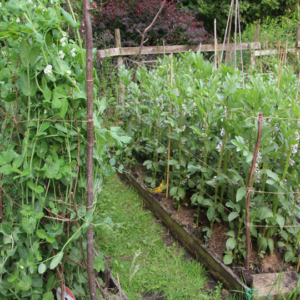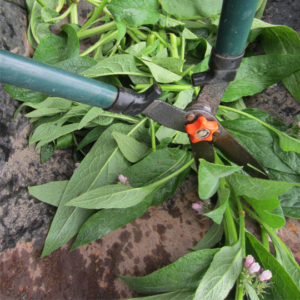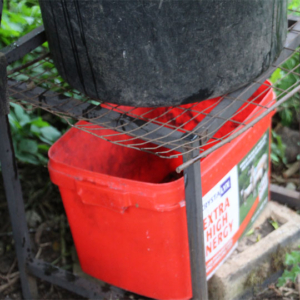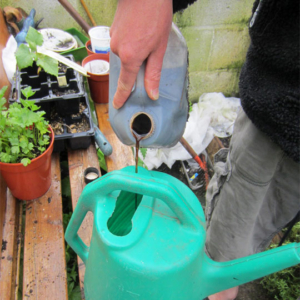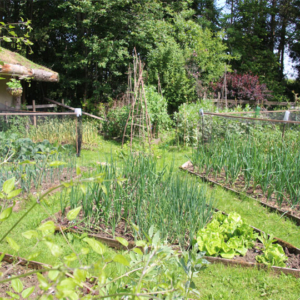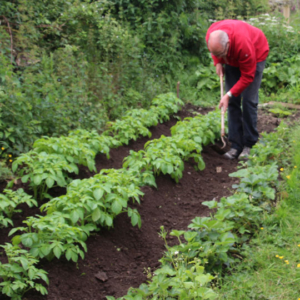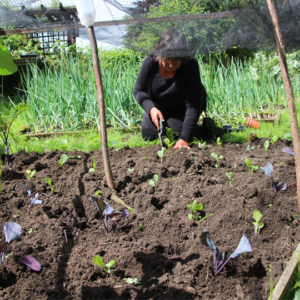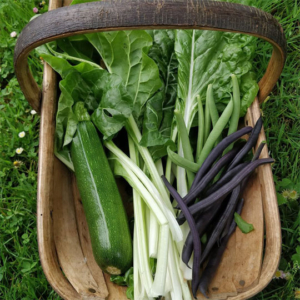Recycling Plastic in the Garden
We all now know that we should be reducing our plastic waste, and recycling plastic in the garden is one way of doing this. When I wrote about this back in 2011, on the old Bridge Cottage Way Blogspot site, we were just learning about the tragic byproduct of the plastics industry that is the phenomenon known as The Great Pacific Garbage Patch. This vast expanse in the North Pacific Ocean, in fact, twice the size of France, had become the largest landfill in the world and was made up of plastic. Every year it kills millions of seabirds and 100,000 marine mammals.
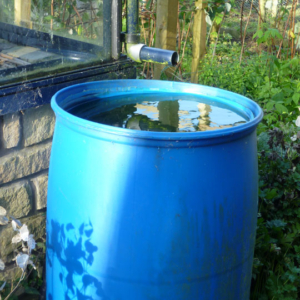
Recycling Plastic in the Garden
David Attenborough brought the nation’s attention to the dreadful sea of plastic in our oceans in his programme, Blue Planet, and this brought the issue of plastic waste to the mainstream. We’ve been trying to reduce our plastic consumption here at Bridge Cottage for decades. There are many ways to reduce plastic consumption around the home, and I’ll write later about our experiences with Plastic Free July 2020, but for the time being, let’s concentrate on ways to reduce plastic in the garden, and specifically here with planting.
If you visit any garden centre, you will see rows and rows of plastic plant pots, and plastic seed trays, and folk with armfuls of these, eager to start the new planting season. But ask yourself, is all this new plastic really necessary?
Before we carry on, let’s address the debate on the issues of growing food in recycled plastic. Can we still call ourselves organic gardeners if we grow food in plastic? Is plastic safe to grow food in? What about all those chemicals it leaches into the soil?

Recycling Plastic in the Garden
I’m talking about Bisphenol A (BPA). All plastics leach chemicals. Some plastics are harmful and can leach toxins into the soil, especially when heated or exposed to sunlight or prolonged periods of time. BPA is not found in food-grade plastic, and therefore these containers are deemed safe to use as the chemicals they leach have low toxicity levels and the amounts leached are very small.
You can check to see if your recycled container is safe to use by looking for the symbol on it – there will be a triangle with a stamp on, and numbers 1,2,4 & 5 – (see diagram) are safe to use.
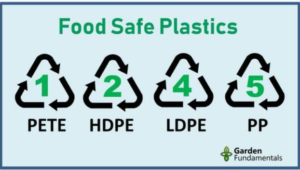
Food Grade Plastic Labelling
Tetra packs used for plant-based milk and fruit juices can make great planters. Crops such as runner beans and sweet corn that have long roots love a chopped off Tetra pack. Toilet roll inner tubes whilst not plastic, are also a great recycling hack for growing sweet peas. Just pop the whole kits and kaboodle into the soil when it’s time for planting. The tube will biodegrade and the root remains undisturbed. No plastic needed there, my dear!
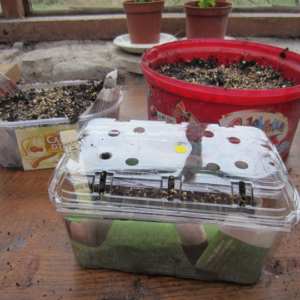
Recycling Plastic in the Garden
Plastic containers that have fruit such as grapes in even have plastic lids that can be used as mini propagator. Larger containers such as sweet or biscuit boxes are great for sowing lots of big seeds in. I used this ‘Celebrations’ tin for broad bean seeds one year.
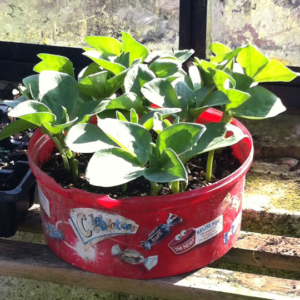
Recycling Plastic in the Garden
Don’t forget to wash the containers well before use, and put some holes in the bottom for drainage, taking care not to put holes in yourself!
I add a double layer of newspaper to any clear containers to stop the light getting through to the roots. The paper can be planted in the garden as it soon rots down.
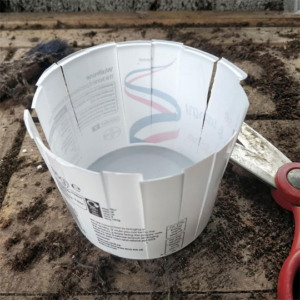
Recycling Plastic in the Garden
Once you’ve sown your seeds, you’ll need to label them, and a plastic lid, yoghurt or crème fraiche pot comes in very handy here too – just cut it into strips and write on with permanent marker pen or wax crayon.
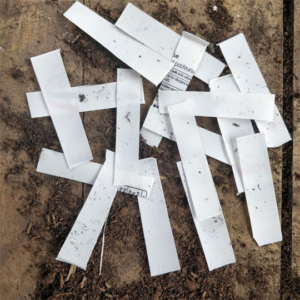
Recycling Plastic in the Garden
Don’t forget, once you have planted your seedlings in the garden, wash and dry the containers and store away in the shed for next year.
Going completely plastic-free is very hard, and I guess a step too far for many, ourselves included, but here is one way our plastic kitchen waste can be recycled.
By recycling your food-grade plastic pots to sow your seeds in or make plant labels, you are doing your bit to help the environment. You will also save money and space in your recycling bin!
Remember the ‘Buyerachy of Needs’ which encourages in the first instance, to use what we have?

Sustainable Living. The Buyerachy of Needs by Sarah Lazarovic
As ever, we’d love you to share your thoughts, either by leaving a comment here or one our social media pages, where this article will be shared.
You can find the Bridge Cottage Way on Facebook Twitter and Instagram.
You might enjoy some of the writing and ideas in other section of this website, as we look towards leading more sustainable lives by growing our own food and creating dishes in line with seasonal eating, or head to our handy ‘Month by Month’ guides to find out what is seasonal and on topic:
Many thanks for reading.
With Facebook and Instagram algorithms being fickle friends at times, be sure to get all new posts from The Bridge Cottage Way by signing up for the mailing list here. This will go our four times a year, around the Summer and Winter Solstices, and the Spring and Autumn Equinox. We of course will not share your details with third parties, and you have the right to unsubscribe at any time.

